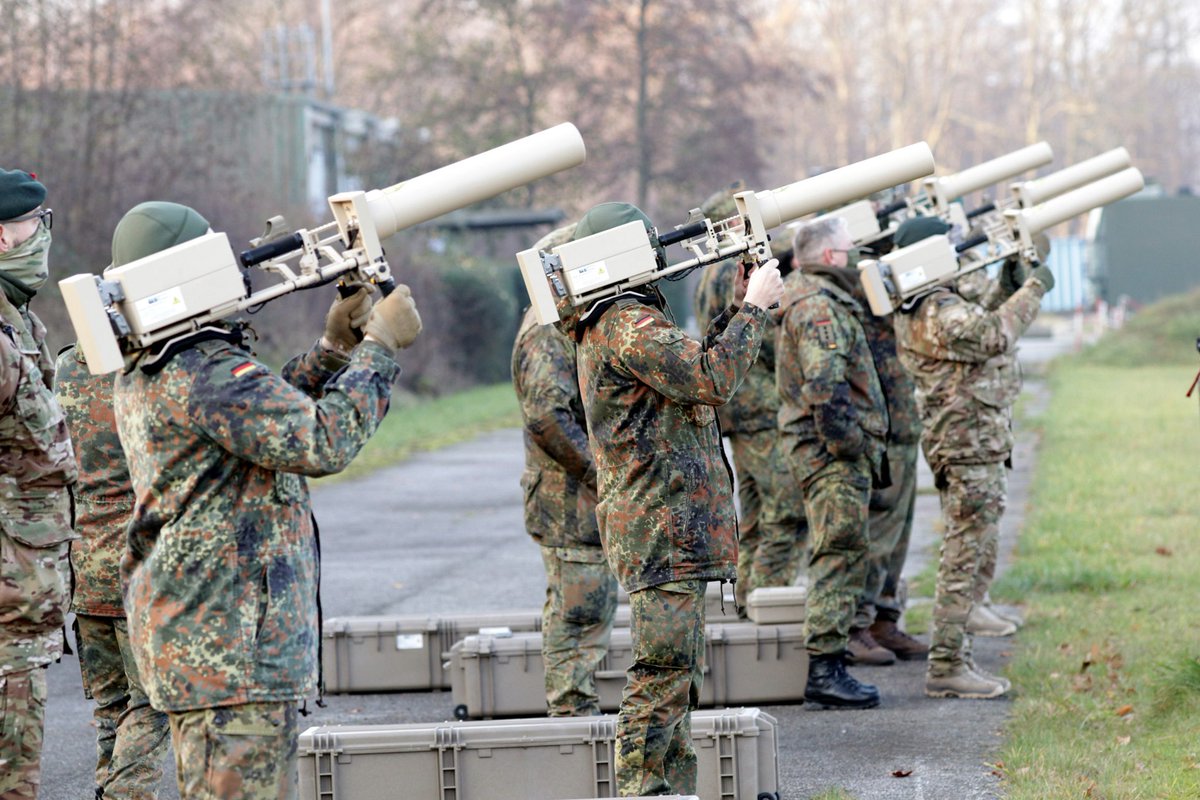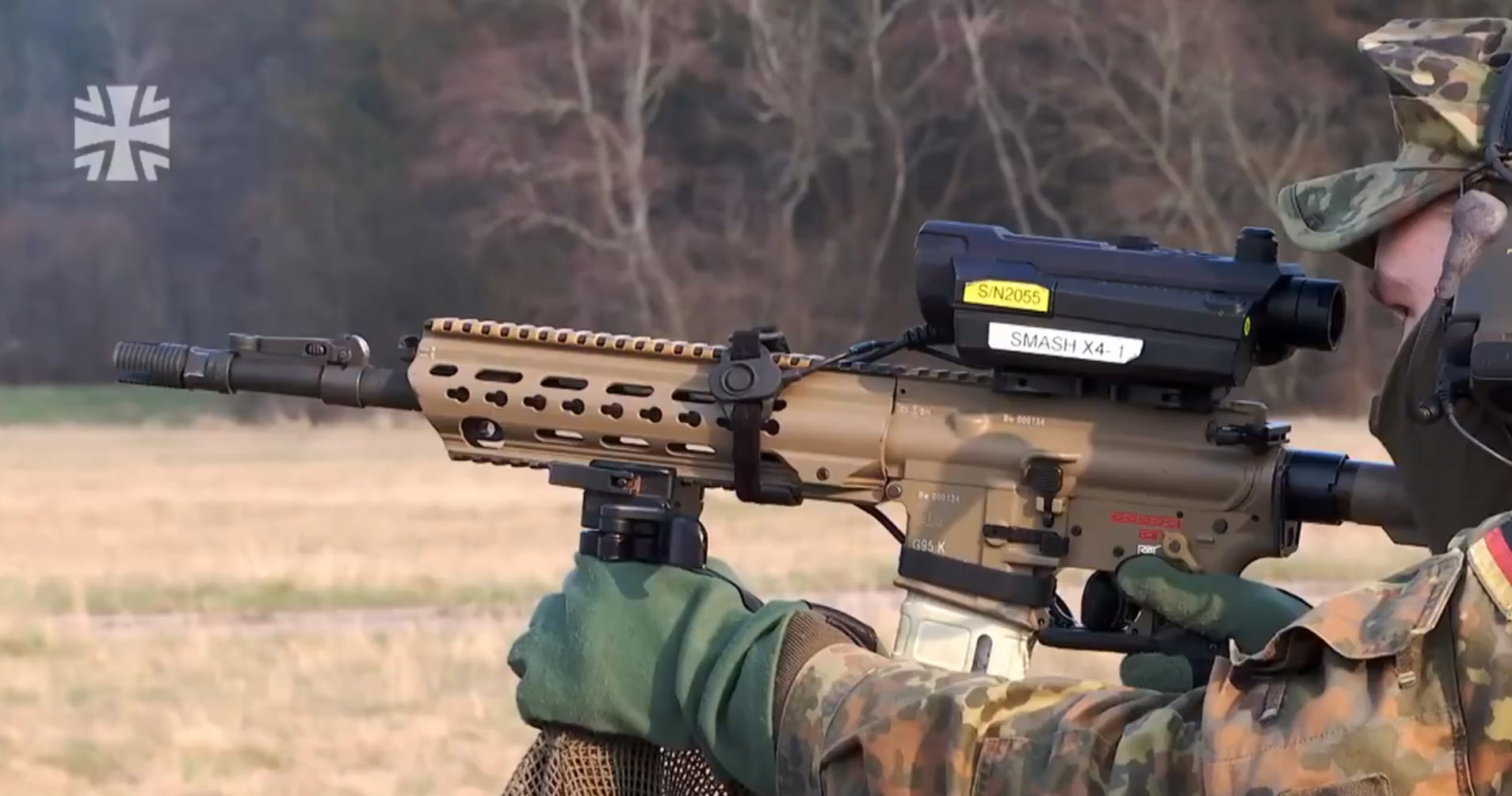
The German government has developed a list of key solutions designed to protect its infantrymen from the threat of drone attacks.
This was reported by Hartpunkt.
The working group on unmanned aerial vehicles, founded in November 2023, submitted a report a few weeks ago containing about 200 proposals aimed at strengthening protection against small drones in the Bundeswehr.
The full version of the document is currently classified, but a number of important decisions were announced by the Minister of Defense Boris Pistorius.
The German army plans to introduce passive protection means – a multispectral camouflage poncho. The country’s Defense Ministry has already purchased the first batch of 1,100 sets for the Bundeswehr. According to Hartpunkt journalists, it is a Ghosthood product from the German manufacturer Saro GmbH, also known as Concamo.
The Ghosthood poncho is designed to camouflage the wearer in several visible spectrums, breaking up their visual silhouette and masking thermal and infrared radiation. This should make it harder for drones to detect the wearer with night or thermal optics and AI-based target acquisition systems.

In addition to passive means, the German infantryman must also receive systems of active countermeasures to attack drones.
In particular, the German Armed Forces have been purchasing Effector HP47 3/V4 electronic jamming systems for drones for a long time, which suppress the operation of radio communication and control of drones, as well as their positioning systems using satellite signals at a distance of up to 1000 meters.
They were first deployed by the German army as part of the international military operation MINUSMA in Mali in 2017-2018.

However, in addition to soft prod systems, the German working group also proposes to provide infantry with physical destruction systems for drones.
One of these tools should be the SMASH sighting system for small arms from the Israeli company Smartshooter. It is designed to capture and track targets, including both UAVs and manpower. Tracking is possible at a distance of up to 250 meters.
The sight, which is equipped with a target acquisition system and a ballistic calculator, independently determines the aiming point for a moving object, calculating the direction and speed of movement, as well as the ballistics of the weapon.
In May 2023, the Bundeswehr purchased an unknown number of SMASH X4 sights as a “Class 1 drone detection and kinetic defeat system” for the HK416 and HK417 assault rifles.

The last known key component of the integrated defense is supposed to be interceptor drones, which will take on the task of detecting and physically destroying enemy drones.
Specific information on the models of drones for this role has not been made public. Hartpunkt suggests that there may be several drones, one of which is the German Interceptor from ARGUS Interception GmbH.

The anti-drone system itself consists of a drone and a network of airborne target detection sensors into which it is integrated.
Equipped with destruction and reconnaissance capabilities, the drone autonomously launches and flies in its direction following an external targeting direction when a target is detected. As it approaches the target, the drone automatically switches to its own AI-based guidance system, which operates on the data from the onboard radar and lidar.
When the drone reaches the interception line, it requests an interception from the operator. If approved, the copter fires one of three wearable nets toward the target.
It is worth reminding that the Ukrainian military is already actively using FPV drones with a fragmentation warhead to intercept Russian reconnaissance drones and attack drones.
Підтримати нас можна через:
Приват: 5169 3351 0164 7408
PayPal - paypal@mil.in.ua
Стати нашим патроном за лінком ⬇
Subscribe to our newsletter
or on ours Telegram
Thank you!!
You are subscribed to our newsletter